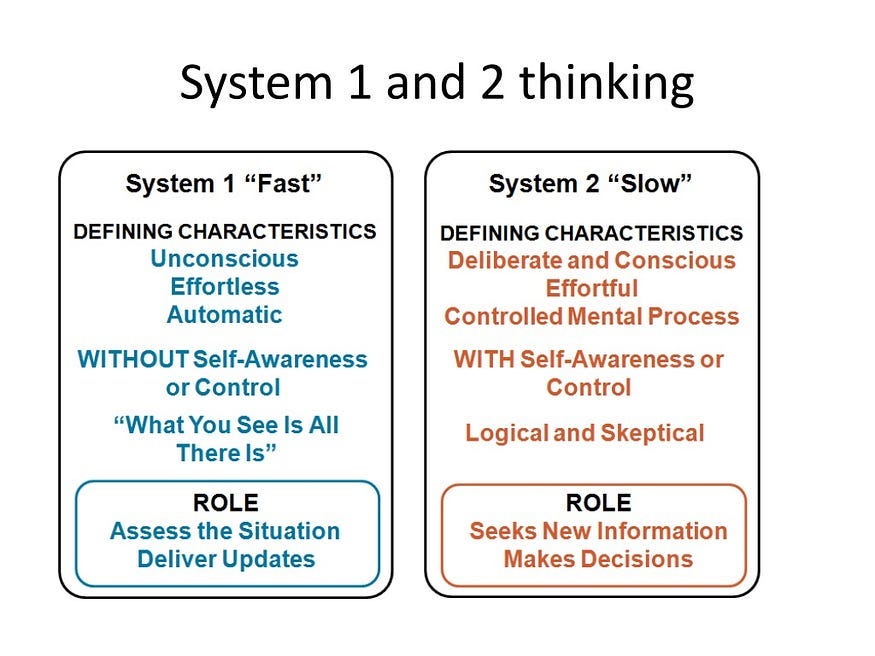Insights from "Thinking Fast and Slow": Navigating the Dual Systems of the Mind and Cognitive Biases
The content discusses the key concepts from the book "Thinking Fast and Slow" by Daniel Kahneman, a Nobel Laureate in Economics. The book explores the two systems of human thinking - System 1 (fast, automatic, intuitive, and emotional) and System 2 (slow, effortful, logical, and deliberate) - and how they interact to shape our decision-making.
The author highlights the importance of understanding cognitive biases, such as confirmation bias, framing effects, availability heuristic, and representativeness heuristic, which can lead to flawed judgments and decisions. These biases often arise from the dominance of System 1 thinking and the tendency to rely on mental shortcuts rather than engaging in deeper, more deliberative analysis.
The content emphasizes the need to be mindful of these biases and to actively engage System 2 thinking to make more informed and rational decisions, especially in a world where rapid information and instantaneous decision-making can heighten the weaknesses of System 1. The author shares personal insights on how studying the biases discussed in the book has helped them become more critical in their thinking and analysis.
The content also touches on the implications of cognitive biases in various domains, such as risk assessment, AI decision-making, and communication strategies. It encourages readers to approach information and decision-making with a critical eye, questioning the underlying biases and frames that may be influencing their perceptions and choices.
自定义摘要
使用 AI 改写
生成参考文献
翻译原文
翻译成其他语言
生成思维导图
从原文生成
访问来源
blog.startupstash.com
What I Learned From Thinking Fast And Slow
从中提取的关键见解
by 在 blog.startupstash.com 04-19-2024
https://blog.startupstash.com/what-i-learned-from-thinking-fast-and-slow-2adb4b952859
更深入的查询
